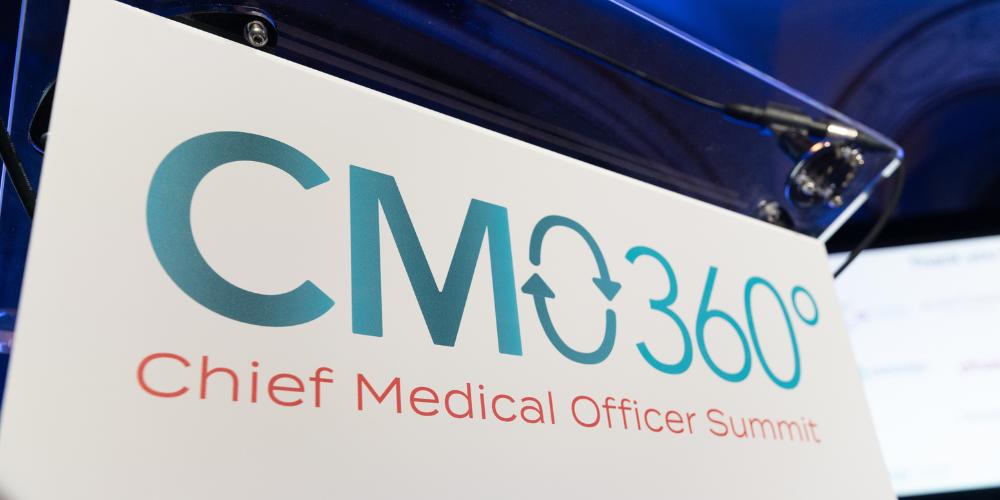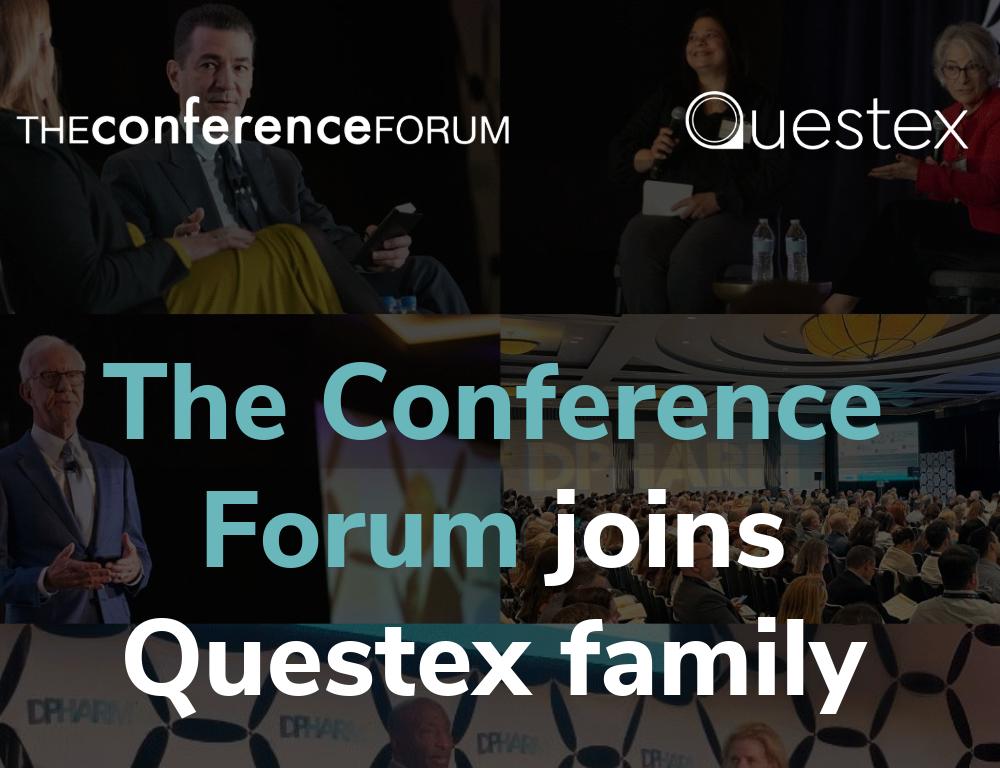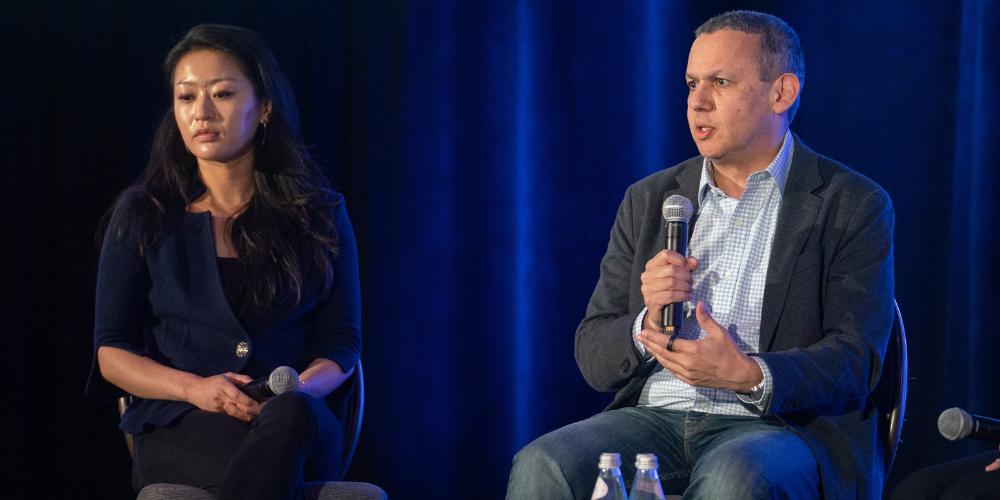
What is the CMO's role in communications and how can companies best leverage CMOs to communicate?
The biotech CMO is a lot like the Oracle of Delphi. People would go to the Oracle and consult them for wisdom before starting a major project, like how people consult with CMOs to take a new drug forward. The Oracle was supposed to chart a course towards the future. The CMO communicates the promise of groundbreaking scientific advances, taking over from the laboratory colleagues at the key time when new discoveries are ready to move to the clinic.
I think companies really take advantage of the practice that physician scientists have in their background. I was in practice as a medical oncologist and tailored my explanations to patients of varying backgrounds who were going to receive therapy for their tumors. In many cases that would be to explain the mechanism of how the therapy worked. It wasn’t unusual for patients to be in a situation where we didn’t have anything approved yet and they wanted to participate in a clinical trial. That knowledge of how to reach patients from diverse backgrounds is a good model for all the groups the CMO needs to interact with: executives, patients, physicians, key opinion leaders, the FDA, IRBs, ethics committees, job candidates, and more.
How can CMOs find their voice?
I would encourage every CMO to make sure that the communications are things that you’d say yourself. We love to have our communications colleagues help us with writing press releases and other important communications but you need to adjust and edit so that the communication would be something your mother would recognize as something you would say. The key to finding your own style is to seek feedback.
It’s also important for CMOs to rely on their colleagues. I’m lucky to work with a fantastic CSO and we brainstorm on communications together. While my CSO understands the science really intimately, they don’t have the experience of translating that for patients. Likewise, the CSO can hear what the CMO articulates and give feedback to make sure we’re getting the science right. The CSO can also provide the non-medical background to ensure our story reaches our generalist audience.
"We love to have our communications colleagues help us with writing press releases and other important communications but you need to adjust and edit so that the communication would be something your mother would recognize as something you would say."
How can CMOs best work with their communications teams?
CMOs need to embrace and partner with communications teams as much as they can. Companies have limited resources so a CMO may not get as much access to a communications team they might want. But even with limited access, a CMO should try to learn as much as they can and try new approaches. Just by engaging with stakeholders, CMOs will find what works best for them and the communications teams can provide potential paths that the CMO may not have thought of themselves.
How do you effectively tell that story and tailor it to these different audiences?
I like to leave people with images. I particularly like to use a visual analogy, which I think can help it stick in the mind. For example, I’m working on a cancer vaccine that targets mutated RAS through the lymph node. I explain this with a school bus analogy. The school bus is the albumin molecule that is present in the tissue where we administer our agent. The drug boards the school bus binds to the albumin, and then gets carried along the roadway – the lymph vessel – into the lymph node.
To me, the lymph node is just like a schoolhouse. The antigen-presenting cells in that schoolhouse teach the T cells not only how to increase in number but also how to increase their capabilities just like a student being taught. The T cells generated using the Elicio platform’s lymph node targeting are better able to penetrate solid tumors and make cytokines that recruit other cells to join in an immune attack on the cancer.
"I like to leave time for questions with colleagues I interact with as a CMO as well, such as when I’m interacting with investors to explain our company’s plans."
How do you ensure they understand when you use these extended images?
When I was interacting with patients, I would always take a pause and ask if they had any questions for me based on the science I brought up or the trial I spoke about. I like to leave time for questions with colleagues I interact with as a CMO as well, such as when I’m interacting with investors to explain our company’s plans. I leave a few minutes at the end or even partway through the conversation to ask if they have any questions. I’ve found that asking has really helped me both to refine my messages based on feedback for future interactions and also allows me to adjust on the fly within the meeting.
How can you leverage communications to achieve different goals like trial recruitment?
Three ways:
Providing a few slides to educate the lead clinicians at our partnered hospitals is a great way to elevate a new drug. In turn, those clinicians can use the same slides to communicate with their own colleagues, which allows us as CMOs to reach a much larger audience and generate better outcomes. This additional awareness of our trial can help with referrals and get the word out to more patients about opportunities to participate.
Another is engaging with reporters in the publications where patients look for information. It’s also good for patients themselves to understand the science behind the trial. Nowadays, cancer patients are quite sophisticated and look for new technologies and opportunities to participate in clinical trials themselves. We published our Phase I clinical trial observations in Nature Medicine. Other media covered the findings from Nature Medicine in their own articles, which were written in an easy to understand format. For example, my mother read an article about our work in Scientific American and told me that it was the first time she understood what I did in my day job.
Finally, podcasts for people to listen to on their commutes is another more accessible medium for the general audience, as are social media communications. For example, I have worked with designers to create a two-minute video about our science for social media. It worked really well because it was concise and also dynamic. CMOs need to carve out some time in their schedules to support the writers who will help them explain their new technologies. That can educate patients and raise their awareness of the potential to join your clinical trials.
"There is a temptation in medicine to try to identify a subset of patients who might have a benefit but that’s a statistically risky thing to do when a negative trial is analyzed."
How can CMOs prepare to communicate negative news?
It's important to be a real doctor, not a spin doctor. There is a temptation in medicine to try to identify a subset of patients who might have a benefit but that’s a statistically risky thing to do when a negative trial is analyzed.
It’s important to acknowledge that drug development is a difficult endeavor. If it were easy, we’d have a new drug every day. Sometimes, you’ll see a drug doesn’t work in one indication but new information may have been published since your trial began that raises the possibility that the new agent would work better in another area so it is important to be flexible to pivot for compelling data. It is also important for the CMO to have a plan B. For every lead program, the CMO should be thinking of another way to utilize the technology or another target that can be addressed to reduce overall risk.
Anything else?
The CMO is really like the Oracle of Delphi, seen not just as the source of knowledge but also as having the wisdom of how to put that knowledge into context. Showing how the scientific knowledge can impact patients whom we endeavor to serve and spreading that information to all different stakeholders is one of the most important areas CMOs should devote their time to.








